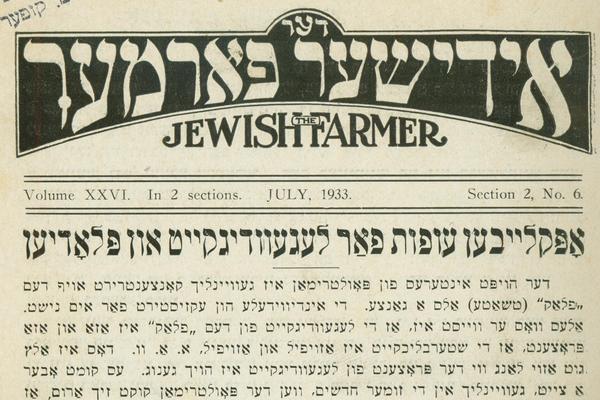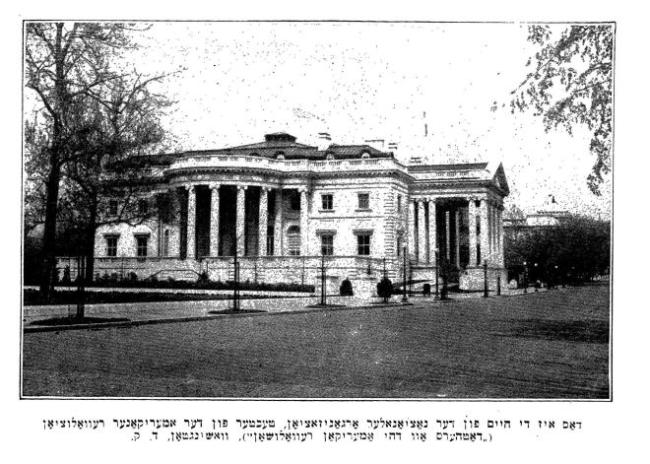Weekly Reader: Thanksgiving and Yiddish
Is turkey kosher? That’s a serious question (can you eat previously unknown fowl that aren’t explicitly mentioned in the Bible?), but for most Jews, the answer is an unqualified “yes.” Which is good news around this time of year. Turkey may not have been a traditional Eastern European food, and Thanksgiving may not be a traditional Jewish holiday, but it doesn’t take much convincing to enjoy quality time with family and friends, eat a big celebratory meal, and give thanks for the good things in life. And given the secular, non-sectarian nature of the holiday, it didn’t take long for Jewish immigrants to adopt the holiday as their own. However you choose to celebrate this occasion, we wish you and yours a happy, and healthy, Thanksgiving.
—Ezra Glinter, Senior Staff Writer and Editor
Talking Turkey

I’m not the first person to wonder what kind of Thanksgiving-related content might be lurking in the Yiddish Book Center’s collections. In this episode of The Shmooze podcast, Sophia Shoulson and Sarah Quint share their discoveries, from Yiddish cookbooks to a children’s story about a turkey.
A Kosher Option

Thanksgiving is deeply embedded in the American Jewish experience and it comes up often in our Wexler Oral History Project interviews. Just as people like to reminisce about the Jewish holidays of their youth, so they remember Thanksgiving. In this interview the great actor Elliot Gould tells the story of how his mother promised to make a kosher Thanksgiving meal for her in-laws—and didn’t quite follow through.
A Celebration of the Harvest

The increase in demand for turkey and certain vegetables around the time of Thanksgiving naturally have us thinking more about where our food is coming from and how it gets to us. Though we don’t always associate Jewish immigrants with farming, starting in the late nineteenth century a number of organizations and donors helped establish Jewish agricultural colonies across the United States. These farms were part of an idealistic movement but were also a way to resettle some of the masses of Eastern European immigrants away from overcrowded urban areas.
A New Home

Thanksgiving was far from the only American custom that immigrants had to learn about upon arrival. Fortunately, there were many books and publications available to help them on their journey to Americanization. This short, 74-page book advertised itself as a Guide to the United States: Information for Immigrants, and was published in 1922 by the Daughters of the American Revolution.
